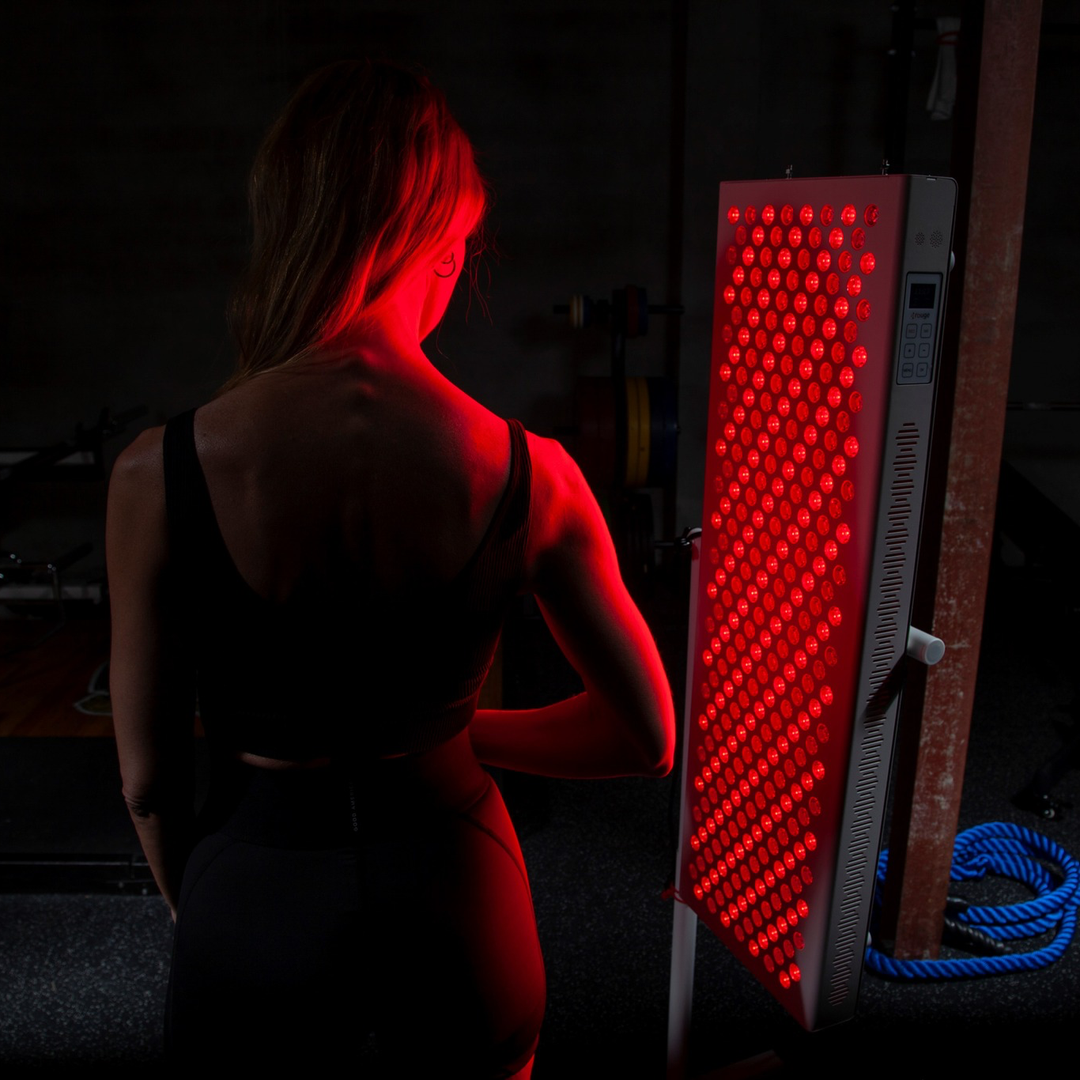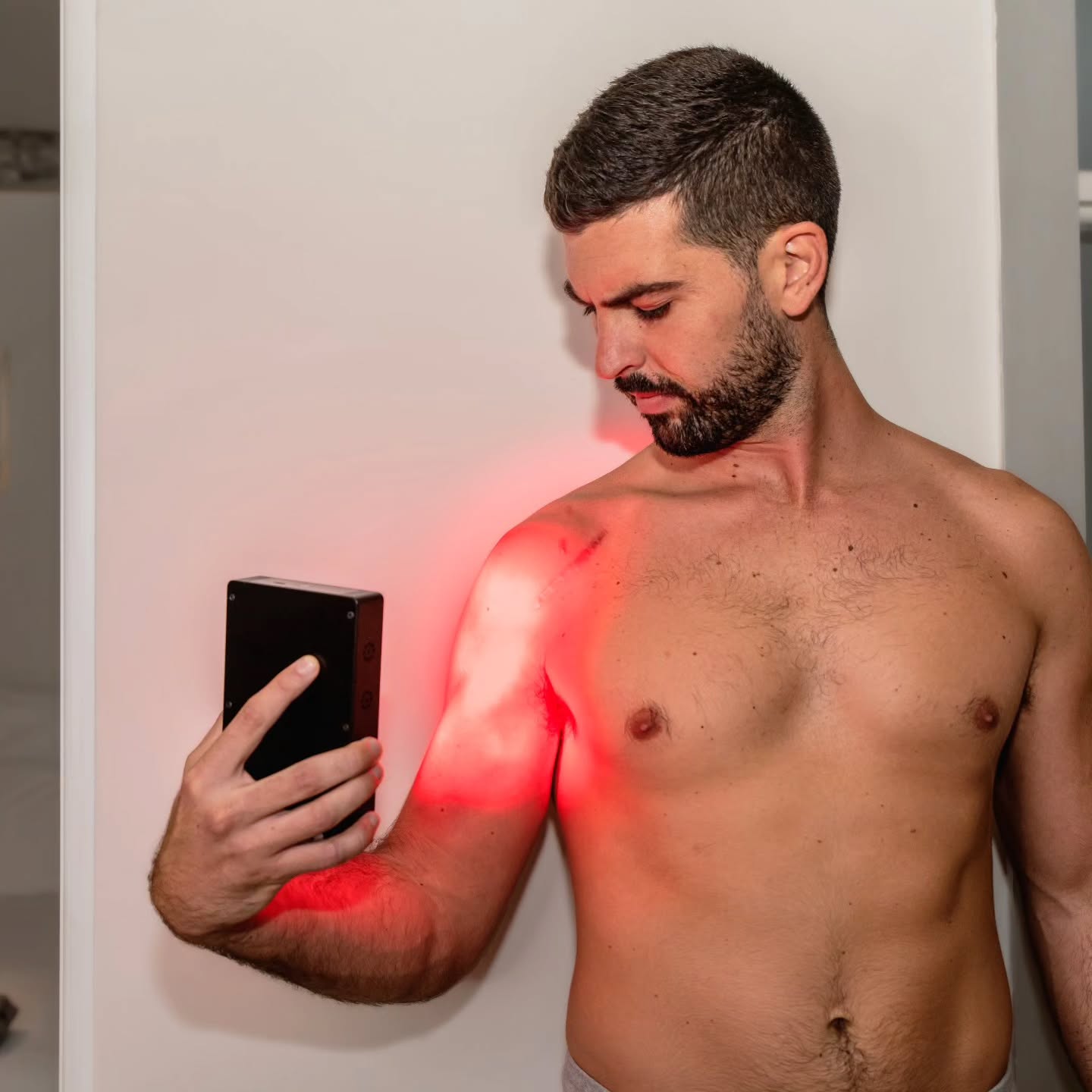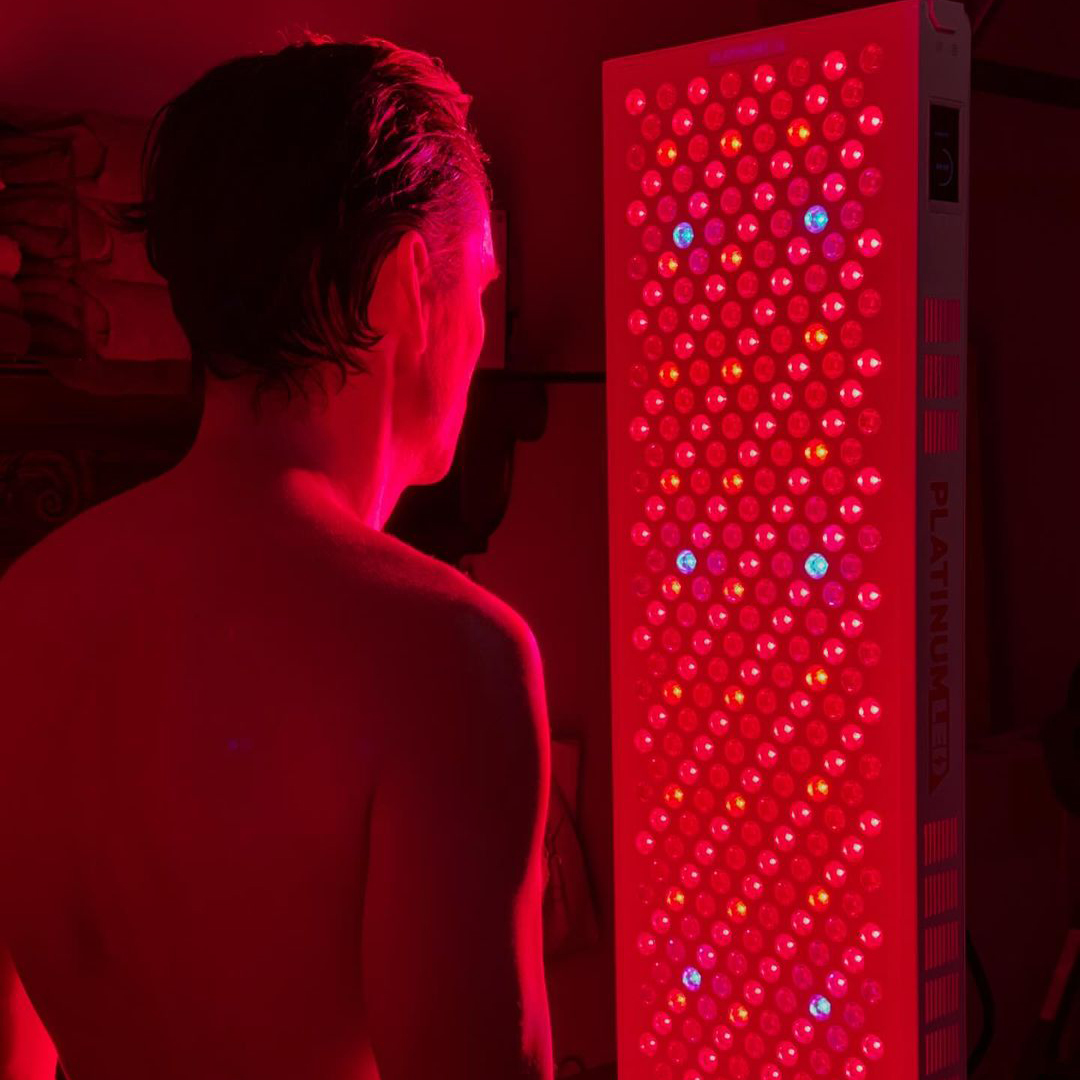![]() Free Shipping
Free Shipping ![]() Buy Now, Pay Later
Buy Now, Pay Later ![]() Eligible
Eligible
Red Light Therapy May Help Manage Lupus Symptoms: A Promising Natural Treatment

Living with lupus—a chronic autoimmune disease where the immune system attacks healthy tissues—can be a daily struggle. Symptoms like joint pain, fatigue, skin rashes, and inflammation can significantly impact quality of life. While conventional treatments such as immunosuppressants and anti-inflammatory drugs are commonly prescribed, many patients seek complementary therapies to alleviate their symptoms. One emerging option that has gained attention is red light therapy (RLT).
But can a simple, non-invasive light treatment really help manage lupus symptoms? Emerging research and patient testimonials suggest it might. In this article, we’ll explore:
- What red light therapy is and how it works
- The science behind RLT and autoimmune conditions
- Potential benefits for lupus patients
- How to use red light therapy safely
- What experts and patients are saying
What Is Red Light Therapy?
Red light therapy, also known as low-level laser therapy (LLLT) or photobiomodulation (PBM), involves exposing the body to low-wavelength red or near-infrared light. Unlike UV rays, which can damage the skin, red light penetrates the skin’s layers without causing harm, stimulating cellular repair and reducing inflammation.
This therapy has been used for decades in medical and cosmetic applications, including:
- Wound healing
- Anti-aging skin treatments
- Pain relief in arthritis
- Muscle recovery in athletes
Now, researchers are investigating its potential for autoimmune diseases like lupus.
How Could Red Light Therapy Help Lupus?
Lupus is characterized by chronic inflammation, where the immune system mistakenly attacks joints, skin, kidneys, and other organs. Red light therapy may help in several key ways:
1. Reduces Inflammation
Studies have shown that red light therapy can decrease pro-inflammatory cytokines (molecules that promote inflammation) while increasing anti-inflammatory ones. A 2020 study in Scientific Reports found that RLT significantly reduced inflammation in animal models, suggesting potential benefits for autoimmune conditions.
2. Promotes Skin Healing
Many lupus patients suffer from butterfly rashes, lesions, and photosensitivity. Red light therapy has been shown to:
- Accelerate wound healing
- Increase collagen production
- Reduce skin redness and irritation
A 2017 study in Photomedicine and Laser Surgery found that RLT improved skin repair and reduced scarring, which could be particularly beneficial for lupus-related skin issues.
3. Eases Joint and Muscle Pain
Lupus often causes arthritis-like joint pain and muscle stiffness. Red light therapy has been widely studied for pain relief, with research indicating it can:
- Reduce joint swelling
- Improve mobility
- Decrease pain perception
A 2019 meta-analysis in The Journal of Pain Research concluded that RLT was effective in managing chronic musculoskeletal pain.
4. Boosts Cellular Energy (Mitochondrial Function)
Red light therapy enhances ATP (adenosine triphosphate) production, the energy currency of cells. Since lupus patients often experience extreme fatigue, improving mitochondrial function could help restore energy levels.
5. Supports Immune Modulation
Some preliminary research suggests that RLT may help balance the immune system, potentially reducing autoimmune flare-ups. While more studies are needed, this could be groundbreaking for lupus management.
What Do Experts and Patients Say?
Medical Perspectives
Dr. Michael Hamblin, a leading researcher in photomedicine at Harvard Medical School, has stated:
“Red light therapy has profound effects on reducing inflammation and promoting tissue repair. While more clinical trials are needed for autoimmune diseases, the existing data is promising.”
Patient Experiences
Many lupus patients experimenting with RLT report:
- Less joint stiffness in the mornings
- Improved skin rashes
- Reduced fatigue
- Fewer flare-ups
One patient shared: “After using red light therapy for three months, my butterfly rash faded, and I had more energy. It’s not a cure, but it’s made a noticeable difference.”
How to Use Red Light Therapy for Lupus
If you’re considering RLT, here’s how to get started:
1. Choose the Right Device
- At-home panels or handheld devices (600–850 nm wavelength is ideal)
- Professional treatments (dermatologists or pain clinics may offer stronger devices)
2. Recommended Protocol
- Frequency: 3–5 sessions per week
- Duration: 10–20 minutes per area
- Distance: 6–12 inches from the skin
3. Safety Considerations
- Avoid overuse (more isn’t always better)
- Protect eyes with goggles if using near-infrared light
- Consult your doctor before starting, especially if on photosensitizing medications
The Future of Red Light Therapy for Lupus
While more large-scale clinical trials are needed, current evidence suggests that red light therapy could be a valuable adjunct treatment for lupus. Its ability to reduce inflammation, heal skin, and relieve pain makes it a compelling option for those seeking natural symptom management.
VELLGUS Elite V2
THE #1 RATED RED LIGHT DEVICE
VELLGUS pro V2
THE #1 RATED FULL BODY RED LIGHT DEVICE
Would you try red light therapy for lupus? Have you already experienced its benefits? Share your thoughts in the comments—we’d love to hear your story!
Final Thoughts
Lupus is a complex disease, but innovative therapies like RLT offer hope. By harnessing the power of light, patients may find relief from some of their most challenging symptoms—without the side effects of harsh medications. As research continues, red light therapy could become a mainstream tool in the fight against autoimmune disorders.







